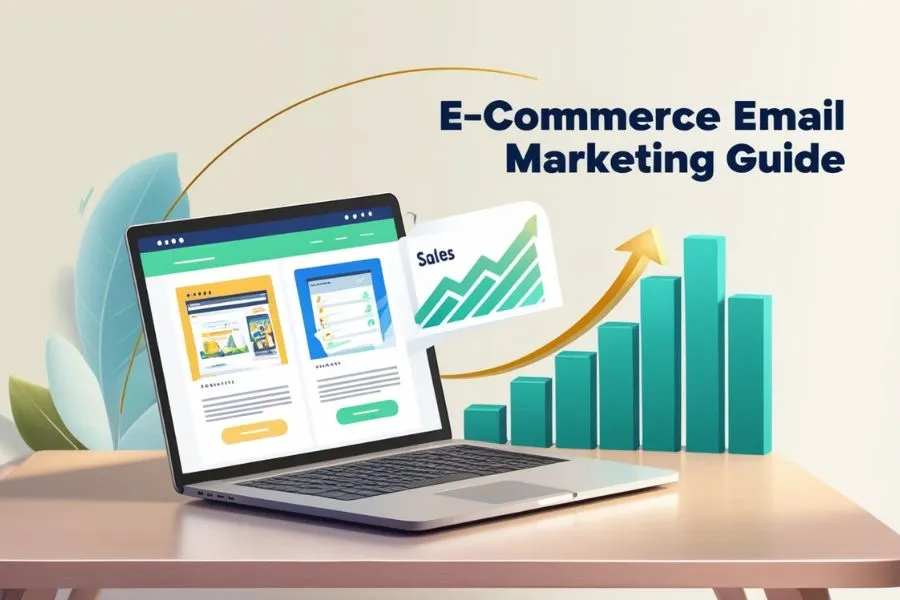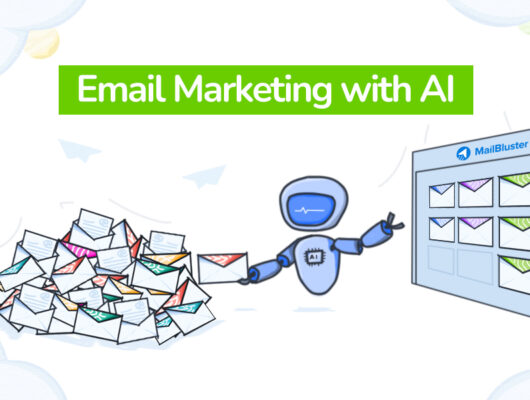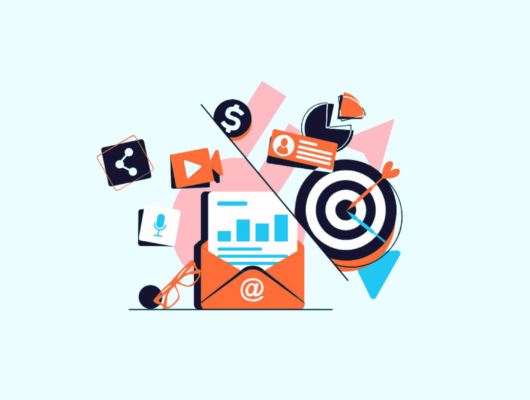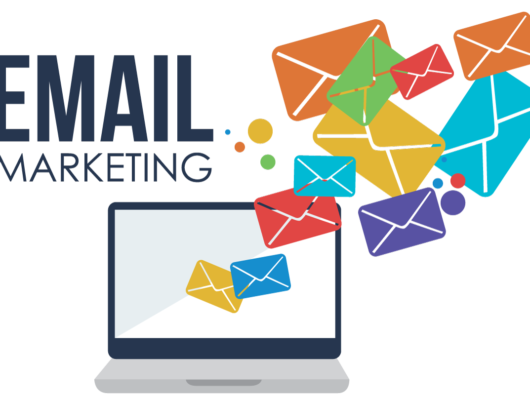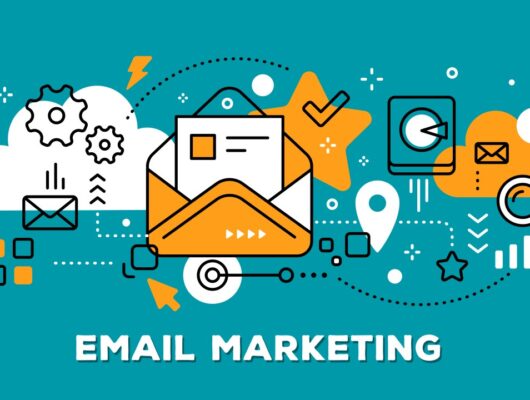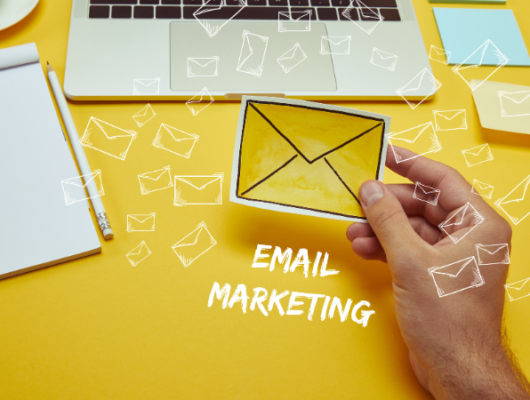Email marketing is one of the most powerful tools in an e-commerce marketer’s arsenal. With an average ROI of $36 for every $1 spent, email campaigns provide a cost-effective way to engage customers, nurture relationships, and drive sales.
This article will explore effective strategies for e-commerce email marketing, from growing your subscriber list to crafting high-converting campaigns.
Why Email Marketing Matters for E-Commerce
- Direct Communication: Reach customers directly in their inbox.
- High ROI: Email marketing consistently outperforms other digital marketing channels.
- Personalization: Tailor content to individual preferences, increasing engagement.
- Automation: Use workflows to nurture leads and recover abandoned carts.
Strategies for Effective E-Commerce Email Marketing
- Grow Your Email Subscriber List
- Use pop-ups offering discounts (e.g., “Sign up for 10% off your first order”).
- Add a sign-up form in your website footer, blog, or checkout page.
- Encourage sign-ups through social media ads or giveaways.
- Segment Your Audience
- Group subscribers based on demographics, purchase history, or behavior.
- Create segments for new customers, repeat buyers, or dormant subscribers.
- Use segments to send highly relevant content that resonates with each group.
- Craft Engaging Subject Lines
- Keep subject lines short, clear, and enticing (e.g., “Exclusive Sale: 24 Hours Only!”).
- Use personalization (e.g., “Hi [Name], Your Favorites Are Back in Stock!”).
- Incorporate urgency and curiosity to boost open rates.
- Personalize Email Content
- Use dynamic content to recommend products based on browsing or purchase history.
- Address subscribers by name to make emails feel personal.
- Include birthday discounts or rewards for loyalty program members.
- Automate Key Campaigns
- Welcome Series: Send a warm introduction and showcase your best products.
- Abandoned Cart Emails: Remind customers to complete their purchase with a compelling offer.
- Post-Purchase Follow-Ups: Thank customers, provide order details, and recommend complementary products.
- Incorporate Eye-Catching Visuals
- Use high-quality images to showcase your products.
- Add GIFs or interactive elements to make emails more engaging.
- Ensure all visuals are optimized for mobile devices.
- Offer Exclusive Discounts and Promotions
- Provide early access to sales or new collections for email subscribers.
- Use limited-time offers to create urgency and drive conversions.
- Promote seasonal deals (e.g., “Holiday Sale: Up to 50% Off!”).
- Include Clear Calls-to-Action (CTAs)
- Use action-oriented phrases like “Shop Now,” “Claim Your Discount,” or “View New Arrivals.”
- Ensure CTAs are visually distinct and link directly to relevant product pages.
- Optimize for Mobile
- Use responsive email templates that adapt to different screen sizes.
- Keep subject lines and email copy concise for easy reading on mobile devices.
- Test emails on various devices before sending.
- Test and Analyze Campaigns
- A/B test subject lines, content, and CTAs to see what resonates.
- Track metrics like open rates, click-through rates, and conversions.
- Use insights to refine future campaigns.
Types of E-Commerce Email Campaigns
- Welcome Emails
- Introduce your brand and highlight bestsellers or unique offerings.
- Abandoned Cart Emails
- Use compelling visuals and offer incentives like free shipping to encourage completion.
- Promotional Emails
- Announce sales, new arrivals, or exclusive deals.
- Product Recommendation Emails
- Suggest items based on past purchases or browsing behavior.
- Re-Engagement Emails
- Win back inactive subscribers with a special offer or personalized message.
- Seasonal Campaigns
- Celebrate holidays, seasons, or special occasions with themed campaigns.
Best Practices for E-Commerce Email Marketing
- Comply with Privacy Laws: Ensure GDPR, CAN-SPAM, or other relevant laws are followed.
- Maintain Clean Lists: Regularly remove inactive or bounced email addresses.
- Timing Matters: Send emails at optimal times for your audience.
- Consistency is Key: Develop a regular email schedule to stay top-of-mind.
Tools for E-Commerce Email Marketing
- Klaviyo: Perfect for segmentation and e-commerce integration.
- Mailchimp: User-friendly platform for small to medium businesses.
- HubSpot: Comprehensive marketing automation solution.
- Omnisend: Tailored for multi-channel e-commerce campaigns.
Common Challenges and Solutions
- Low Open Rates
- Test subject lines and sender names for better appeal.
- Resend campaigns to non-openers with a different subject line.
- High Unsubscribe Rates
- Ensure emails provide value and aren’t sent too frequently.
- Allow users to manage preferences (e.g., choose email frequency).
- Poor Conversion Rates
- Optimize landing pages for speed and relevance.
- Offer irresistible CTAs and personalized recommendations.
Conclusion
Email marketing is a cornerstone of e-commerce success, offering a reliable way to engage customers and drive revenue.
By focusing on personalization, segmentation, and automation, your online store can turn email subscribers into loyal buyers.
Let me know if you’d like detailed templates, case studies, or additional insights!


